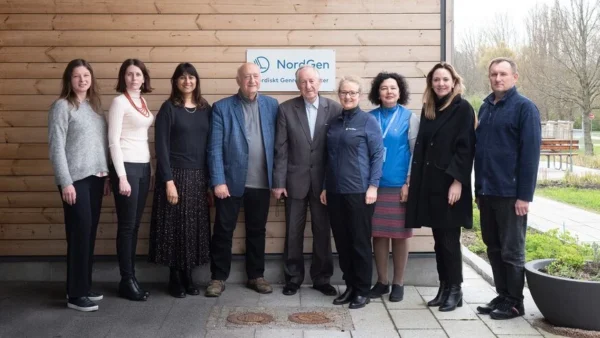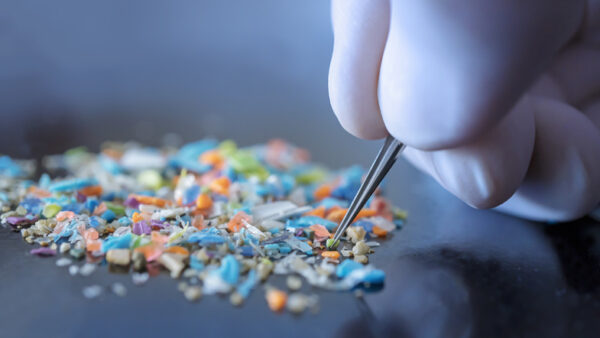Stoller’s chief chemist shares the basics of plant growth regulators and how they work.
With the aim of helping plants reach their maximum potential and better cope with environmental stressors, many companies are turning toward biologicals and harnessing what already exists in nature. Hormones are one such example and are present in plants, animals and humans. While the use of synthetic hormones in livestock production has been controversial during the past decade, it’s been seen as a more sustainable approach to maximizing yields in crop production.
However, the use of hormones in plants and agricultural production is nothing new. In fact, the first discovery and use of plant growth regulators (PGRs) was in the 1930s when acetylene and ethylene were used to enhance flower production in pineapple, according to the University of Florida’s Institute of Food and Agricultural Sciences.
Since then the market has seen significant growth. MarketsandMarkets estimated this sector was worth $1.6 billion in 2015. With a compound annual growth rate of 3.6 percent from 2015 to 2020, it’s forecast to be a $1.9 billion industry by 2020.
While the use of PGRs is not new, the science and researchers’ ability to understand what happens to the plant at the molecular level is. Thus, companies are bringing new and better products to market. One such company that’s made a name is Stoller, which was founded in 1970 by Jerry Stoller, the company’s president and CEO. An international expert on plant development and nutrition, Stoller has since grown the company to include 14 subsidiaries and more than 600 employees in more than 50 countries.
According to the company, the value of its products can be found in employees’ understanding of plant hormone balance, how it relates to crops and the impact hormonal activity has on plant development and performance. Ritesh Sheth, who serves as chief chemist and global director of business compliance, explains how PGRs work.
“Plant growth regulators are an essential component of a plant,” Sheth says, adding that they help increase nutrient uptake and affect how plants deal with stress. “When a plant is growing, it’s
always facing different types of stress.”
During stressful times, he says the plant naturally down regulates different types of hormones to survive.
With PGRs, we are bringing those hormones back into balance, Sheth explains, and providing the most efficient way for the plant to uptake nutrients. In the end, this helps the plant maintain its yield potential and acts as a buffer to different stressors.
Plant growth regulators can be applied as a seed treatment and as a broadcast or foliar application. Depending on the product, PGRs can be mixed with herbicides and fungicides.
Sheth says PGRs can be applied to non row crops throughout the growing season. Additionally, Stoller’s formulation specialists have made products that can be added to other fertilizers without concerns about dissolving.
“We’ve made the formulation not only easy to apply but also compatible, which is very important because it has to be compatible with everything else that [farmers] are adding,” he says.
This summer, Sheth was at the Ag Media Summit talking about one of the company’s newest products, Fortified Stimulate Yield Enhancer Plus. Sheth says what makes this product different from others is that it has four plant growth regulators, rather than three.
“The fourth plant growth regulator is a fourth auxin, which is an IAA fast-releasing auxin,” Sheth says. “What you see on the market is a slow-releasing auxin, called IBA, which degrades very quickly in solutions.”
The U.S. Department of Agriculture recognizes five groups of hormones: auxins, gibberellins, cytokinins, abscisic acid and ethylene.
Sheth says their patent-pending formulation makes it stable — giving growers quick action and enhancement from the beginning. This means better photosynthesis and energy coming into the plant.
“Every plant has potential, but what’s stopping it from growing?” Sheth asks. “It’s the stress factors. It’s the environmental factors. With the ever-changing environment, we need to provide the right tools to help it survive through those changes.”












